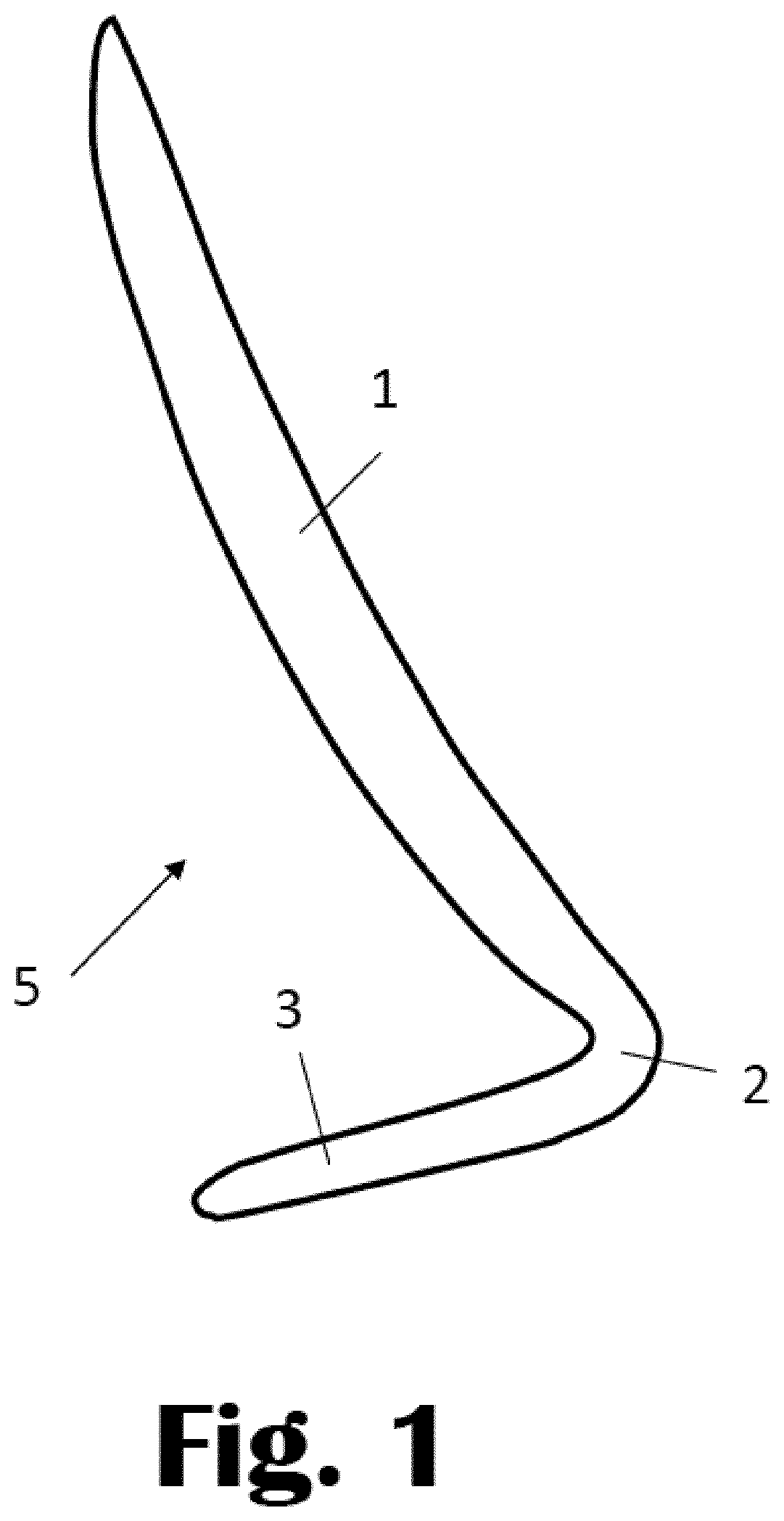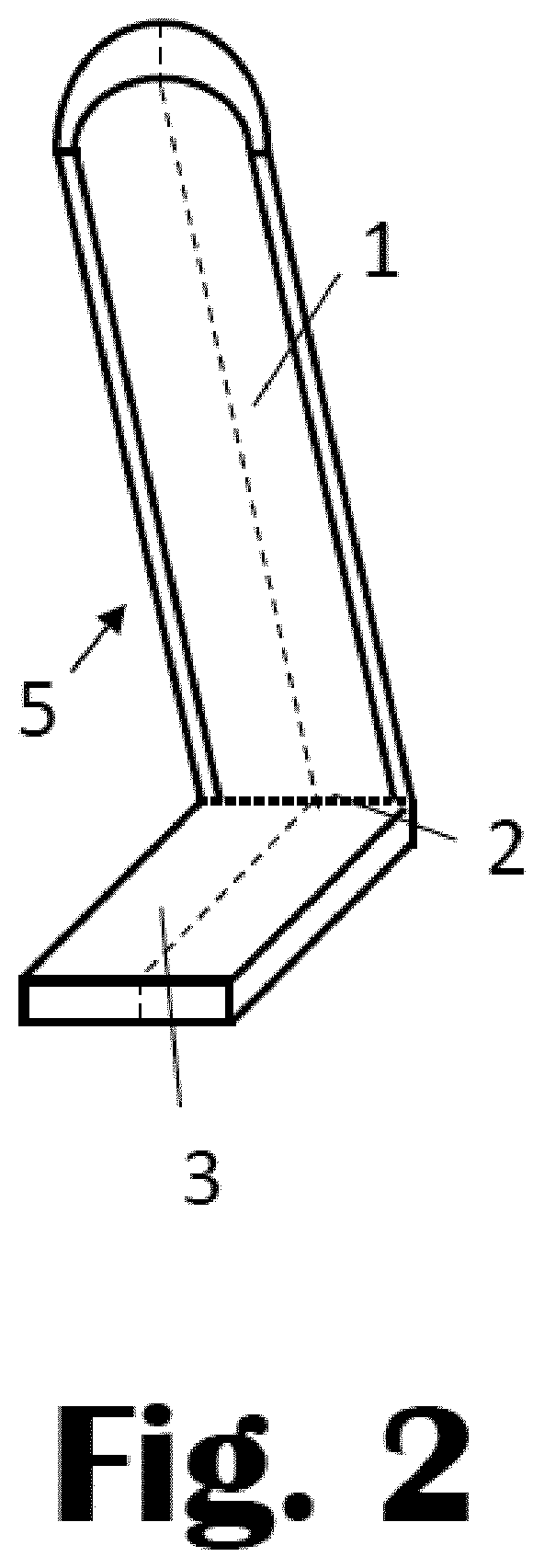Nasal implant
a nasal implant and implant technology, applied in the field of nasal implants, can solve the problems of less and less desirable non-autograft compounds of animal or human origin, less and less desirable in general terms, and the longer or shorter term of biocompatible materials, etc., and achieve the effect of dense nasal implants, high particle content, and high particle conten
- Summary
- Abstract
- Description
- Claims
- Application Information
AI Technical Summary
Benefits of technology
Problems solved by technology
Method used
Image
Examples
example of embodiments
of the Invention
[0123]A method of ceramic additive manufacturing integrates the materials, manufacturing machines and design so that:
[0124]The machine cuts the 3D file virtually into a plurality of very fine layers.
[0125]The printer next spreads a layer (25 to 100 μm) of material, and a UV source (DLP) simultaneously hardens the material.
[0126]The machine spreads a new layer on top of the first, hardens the material, and so on in order to reconstruct the object.
[0127]At the end, the object is withdrawn and the excess material is removed.
[0128]In order to obtain objects made from pure ceramic, it is necessary to eliminate the resin and to compact the powder. The parts are stoved until the resin is burnt (the debinding step). The ceramic grains are held together by very weak chemical bonds.
[0129]The increase in temperature makes it possible to fuse the grains of powder at the surface of the grains (the sintering step).
[0130]Once brought out of the oven the parts are checked for their ...
PUM
| Property | Measurement | Unit |
|---|---|---|
| angle | aaaaa | aaaaa |
| angle | aaaaa | aaaaa |
| diameter | aaaaa | aaaaa |
Abstract
Description
Claims
Application Information
 Login to View More
Login to View More - R&D
- Intellectual Property
- Life Sciences
- Materials
- Tech Scout
- Unparalleled Data Quality
- Higher Quality Content
- 60% Fewer Hallucinations
Browse by: Latest US Patents, China's latest patents, Technical Efficacy Thesaurus, Application Domain, Technology Topic, Popular Technical Reports.
© 2025 PatSnap. All rights reserved.Legal|Privacy policy|Modern Slavery Act Transparency Statement|Sitemap|About US| Contact US: help@patsnap.com


